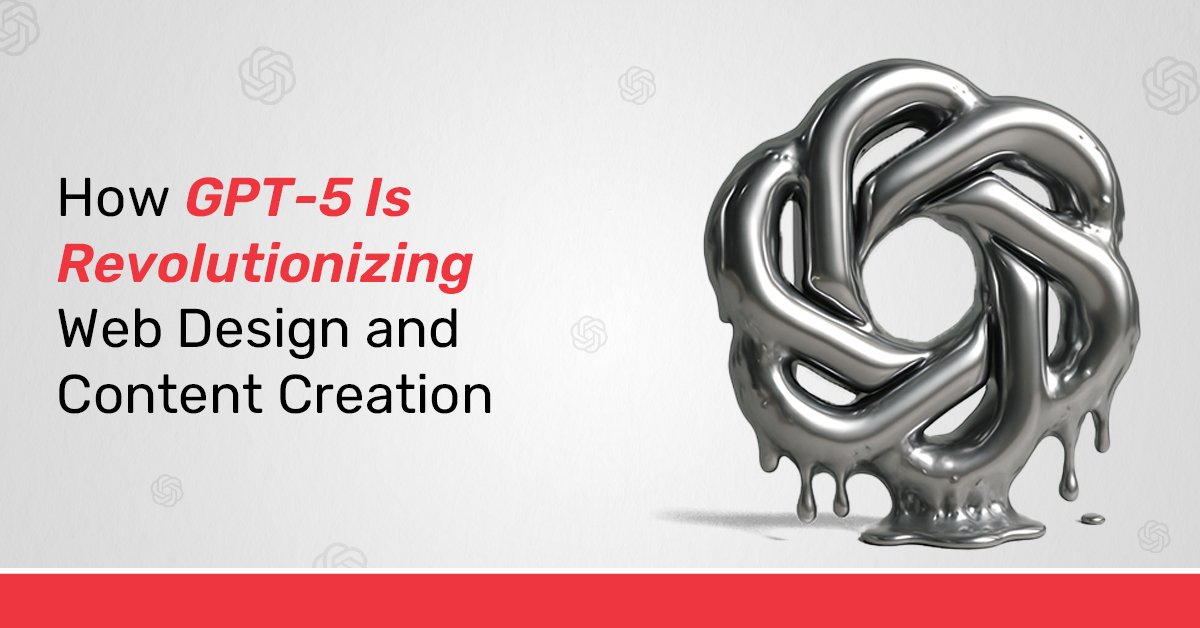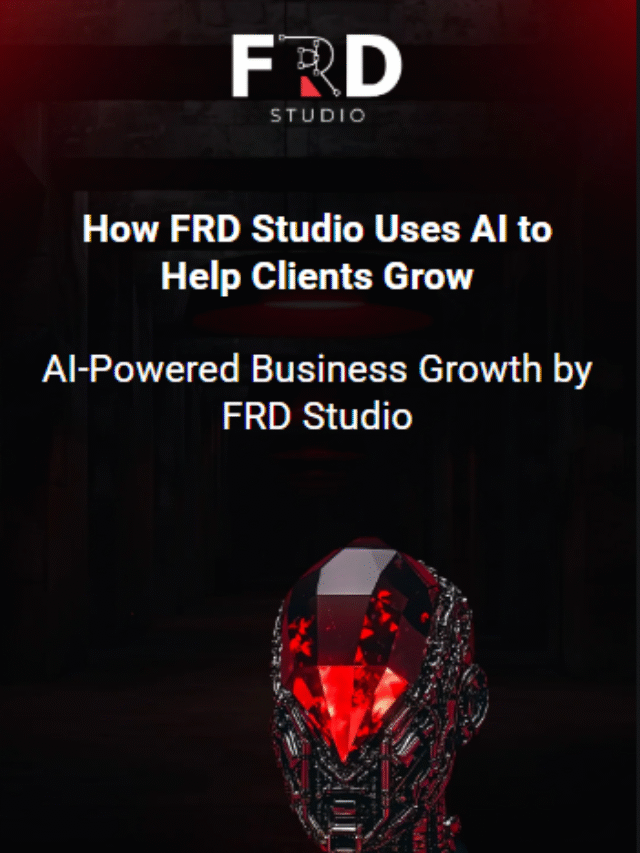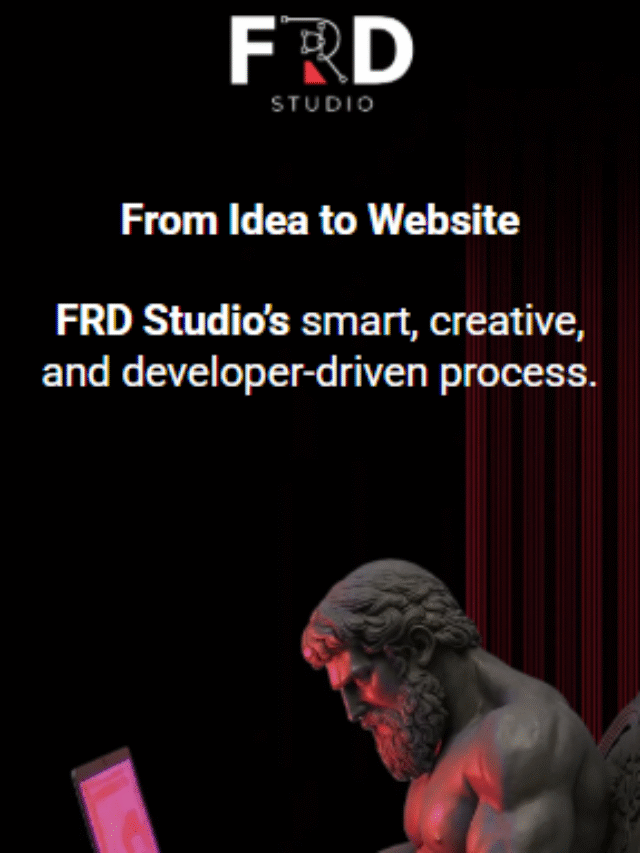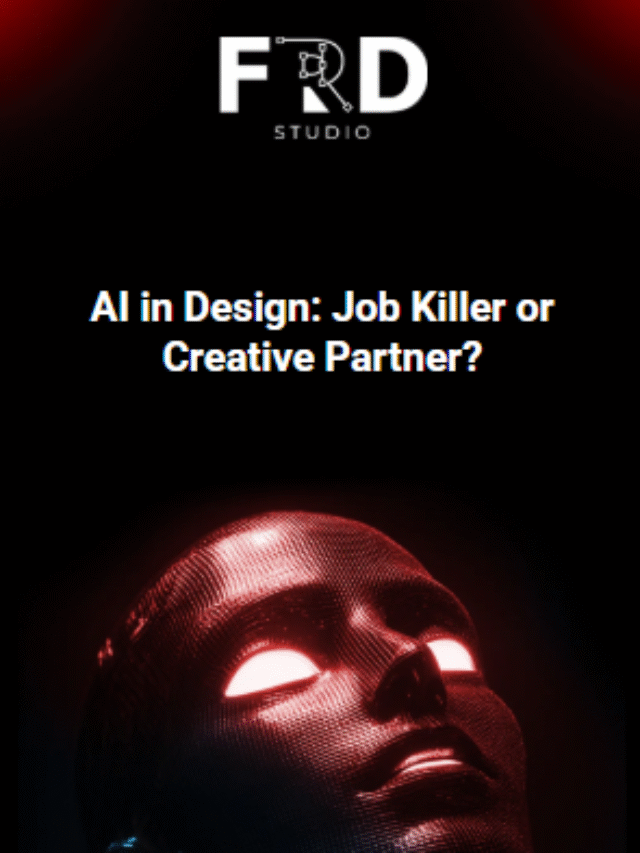The virtual world is in constant change, with progressive new possibilities at a growing pace. Among the most game-changing developments in recent years is the upsurge of advanced AI, and GPT-5 is at its forefront, the latest replication of OpenAI’s innovative language model. While the full potential of GPT-5 is still being explored, its effect on web design and content creation is already intense.
For years, web design and content creation have been separate fields that influence and depend on each other. Designers focused on artistic user experience and performance, while content creators framed the narratives, information, and fascinating material that filled these virtual spaces.
GPT-5, with its extraordinary ability to understand and humanize text and even code, blurs lines and offers new tools and workflows that are both transformative and innovative.
1. Revolutionizing web design:
The initial stages of web design involve generating layouts and basic templates to visualize the structure and flow of a website. GPT-5 can speed up this process by generating basic HTML, CSS, and JavaScript code based on a natural language description.
2. Writing and improving code automatically:
Besides basic templates, GPT-5 has the capability to assist with more complicated coding tasks. It can create code samples for specific features such as form validation, image galleries, or even basic elements. While designers will still need a strong understanding of core coding concepts to review and link this generated code, GPT-5 can handle repeated tasks, freeing up developers to focus on more complicated logic and unique features. Moreover, GPT-5 could probably analyze existing code for flaws and suggest improvements, leading to faster websites.
3. Enhanced UI and UX design:
Understanding user needs and preferences is important for effective UI/UX design. GPT-5 can assess large datasets of user behavior, such as website analytics and user feedback, to identify patterns and observations that can inform design decisions. For example, it could point out areas of a website where users often face difficulties or recommend alternative layouts based on user flow analysis. Moreover, GPT-5 could cooperate in creating more personalized user experiences by flexibly adjusting website elements or content based on individual user profiles or past interfaces.
4. Finding design ideas and creating concepts
Even creative designers get stuck. GPT-5 can be a brainstorming partner, generating ideas based on themes, industries, or audiences. This can spark new thoughts and help designers break old habits.
5. Accessibility and inclusivity:
It is very important to make websites accessible to people with disabilities. GPT-5 can check the code and content of a website for problems like missing alt text or color contrast. Then, it can suggest and even put into action solutions that make websites more accessible and help them follow accessibility rules.
Transforming content generation:
Content is the soul of the internet, giving information, entertainment, and connection. GPT-5’s skill in natural language processing and creation is ready to restructure how content is created, distributed, and consumed.
1. Speedy creation of new material:
GPT-5 can create different forms of written content, including blog posts, articles, website copy, social media updates, product descriptions, and even creative writing blocks. While human supervision is still important to ensure accuracy, tone, and originality, GPT-5 can considerably speed up the initial drafting process. This is specifically important for businesses that need to produce large volumes of content on a regular basis.
2. Personalized content
In today’s information-overloaded society, personalized content is key to audience involvement. GPT-5 can analyze user data and preferences to create personalized content suggestions, adapt existing content to specific user profiles, or even create complete, unique content experiences for individual users. This level of personalization can considerably improve user involvement, conversion rates, and overall satisfaction.
3. Refined website content for SEO:
Search engine optimization is important to make sure that content is accessible online. GPT-5 can help content creators by analysing keywords, recommending relevant topics, and improving content structure and formatting for search engines. It can also assist in generating captivating meta descriptions and titles that attract clicks.
4. Content in multiple languages:
Expanding our global footprint usually requires translating content into multiple languages, a time-consuming and often expensive process. GPT-5’s advanced translation proficiency can considerably rationalize this process, providing accurate and natural – sounding translations in the short time it takes human translators. This unlocks new opportunities for businesses to expand their reach and interact with international audiences.
5. Planning content and gathering information:
Coming up with new and interactive content ideas can be a challenge. GPT-5 can analyze trending topics, recognize content gaps, and recommend relevant themes and angles for new content. It can also help in research by consolidating information from different sources and deriving core themes.
6. Content editing and proofreading:
While GPT-5 can create new content, it can also be an important tool for editing and proofreading existing material. It can detect grammatical errors, spelling mistakes, and discrepancies in the writing style, helping to make sure that content is refined.
Challenges and considerations:
While the capability of GPT-5 in web design and content creation is boundless, it’s important to recognize the challenges and considerations that come with its adoption:
- Maintaining human creativity and originality: excessive dependence on AI-generated content could result in digital conformity and restrain human creativity. It’s important to view GPT-5 as a tool to improve, not replace, human creativity
- Ensuring accuracy and fact checking: GPT-5 creates text based on patterns in the huge amounts of data it has been trained on. While it can produce notably articulate and human-like text, it is not flawless and can sometimes produce inaccurate and irrelevant data. Human fact-checking and verification remain crucial.
- Resolving disparities and integrity issues: The data used to train large language models like GPT-5 can incorporate biases, which can accidentally be reflected in the produced content. Developers and users need to consider these potential biases and work towards reducing them. Integrity issues around authorship, intellectual property, and the potential for vulnerability to exploitation also need thorough review.
- Progressive responsibilities of designers and content creators:
As AI takes on more routine and mechanized duties, the roles of web designers and content creators will likely transform. They will need to focus more on forward planning and creative direction, and to make sure the quality and ethical use of AI-generated outputs.
The future landscape:
The synthesis of GPT-5 and similar AI technologies into web design and content creation is still in its early stages, but its game-changing ability is unquestionable.
We can expect to see:
- More straightforward and user-friendly web development tools driven by AI.
- Highly personalized and responsive web design.
- New forms of content creation and engagement that we can only begin to imagine.
Conclusion:
GPT-5 signifies an important breakthrough in artificial intelligence, with the power to revolutionize web design and content creation. By streamlining routine operations, speeding up workflows, and providing new opportunities for creativity and personalization, it promises to reshape how we build and interact with the digital world.
While challenges and considerations remain, the incorporation of such powerful AI tools holds the key to a more efficient, innovative, and shaping digital future. The key lies in adopting these technologies thoughtfully to make sure that they serve to enhance human abilities and improve the online experience.












